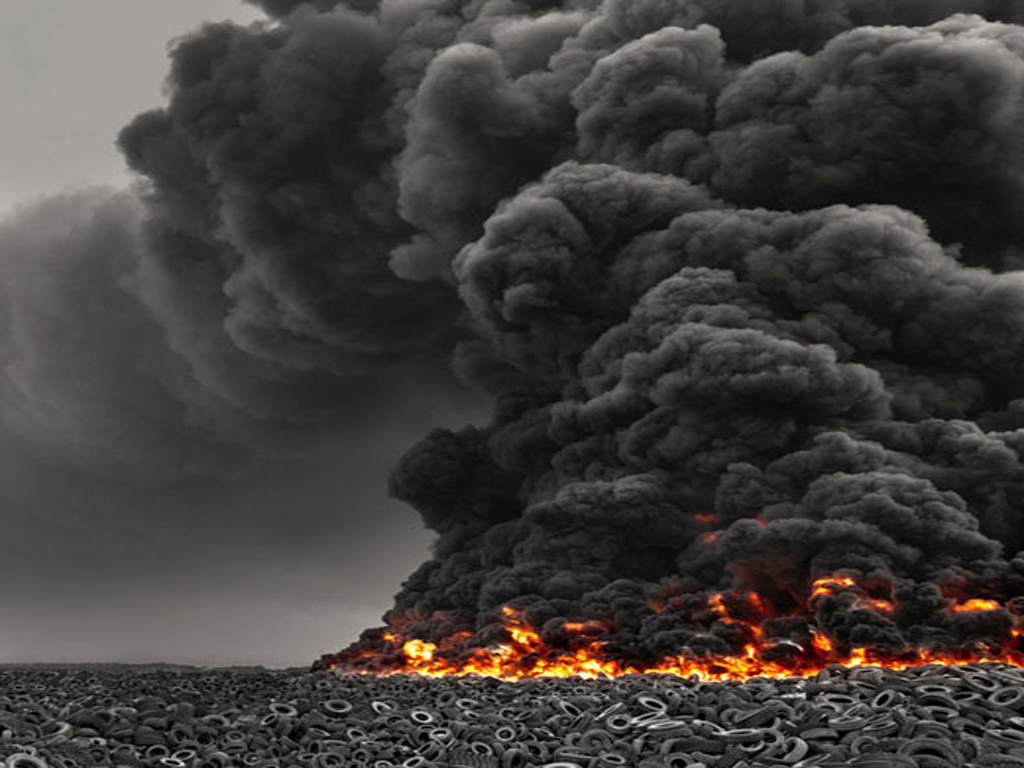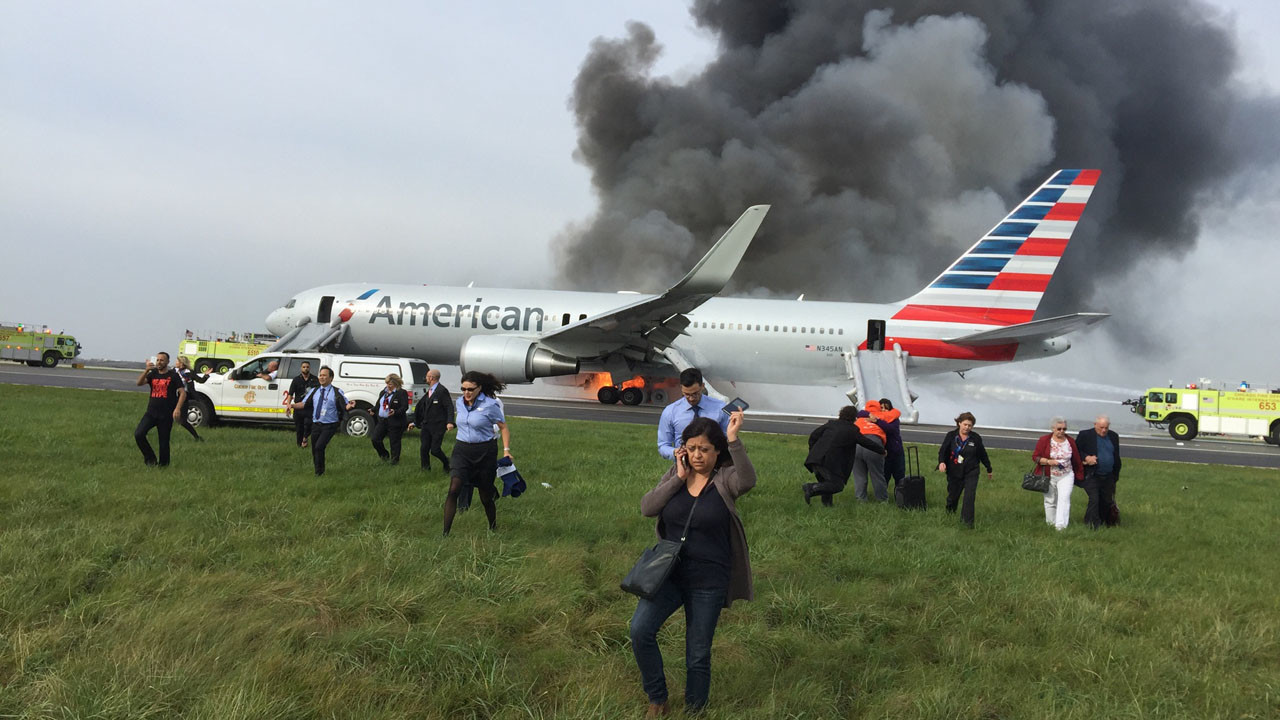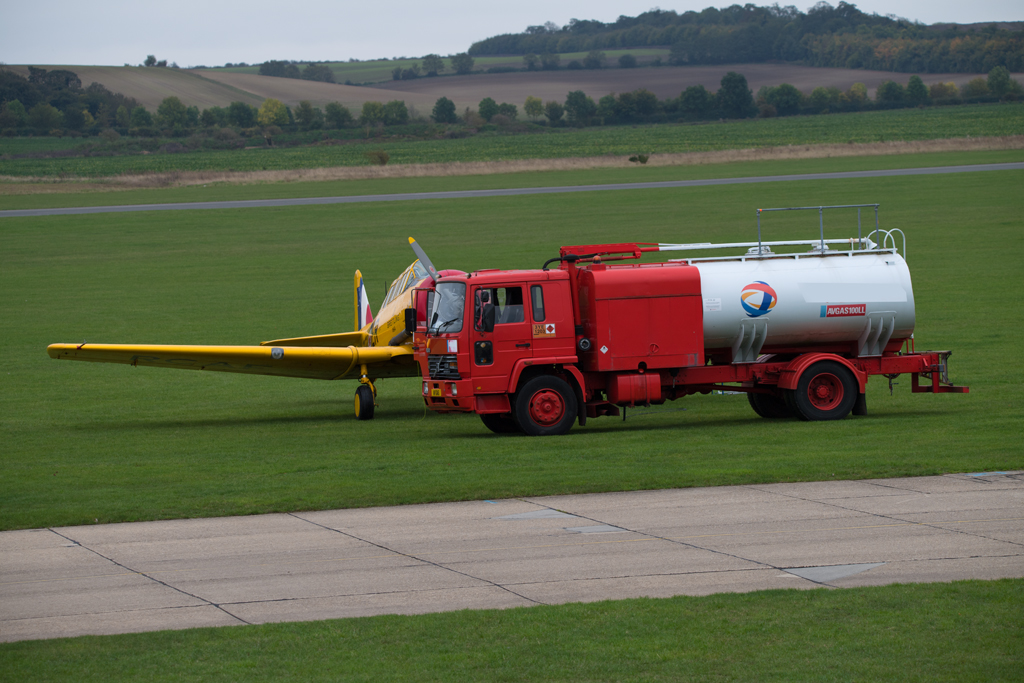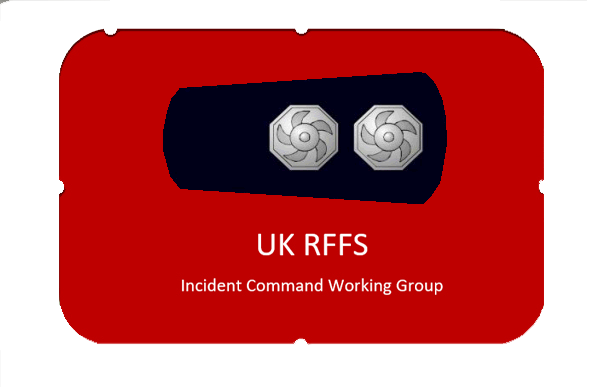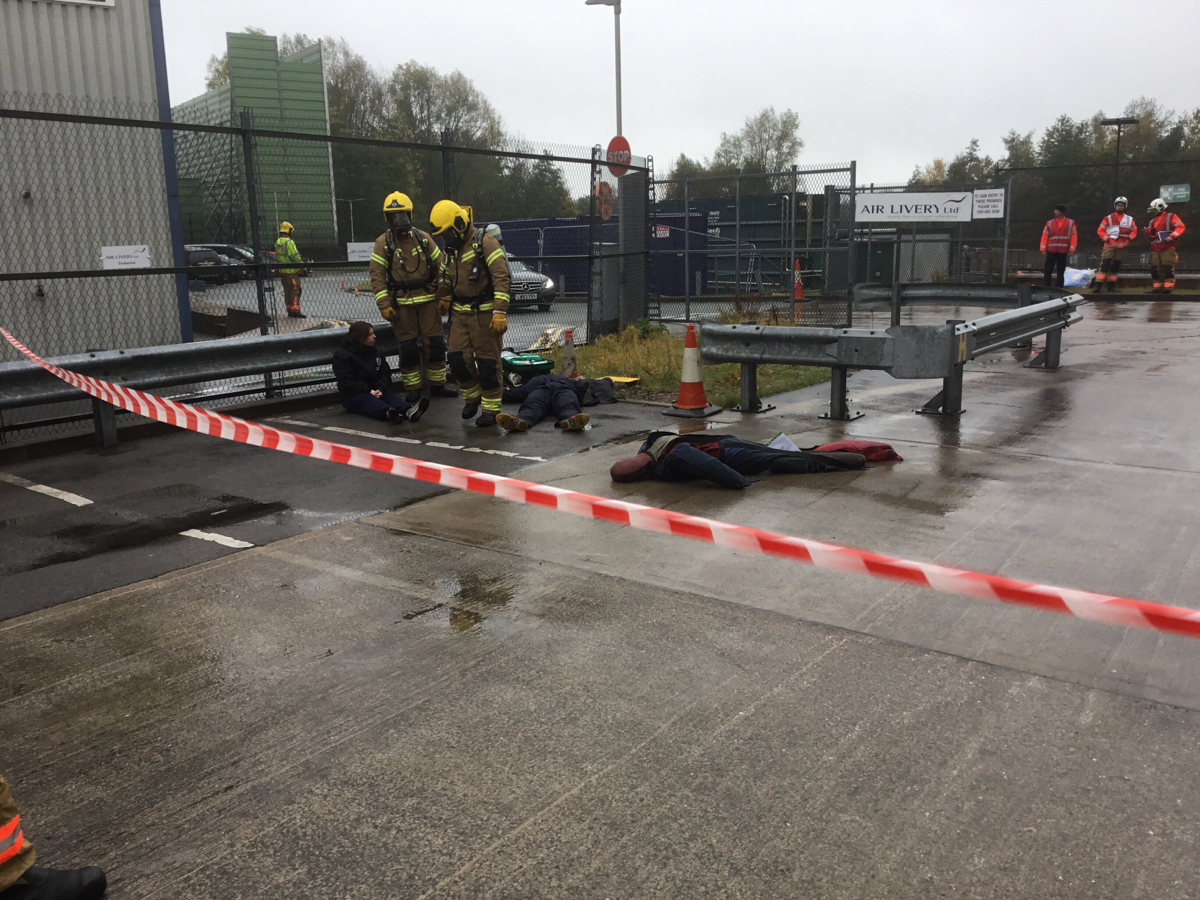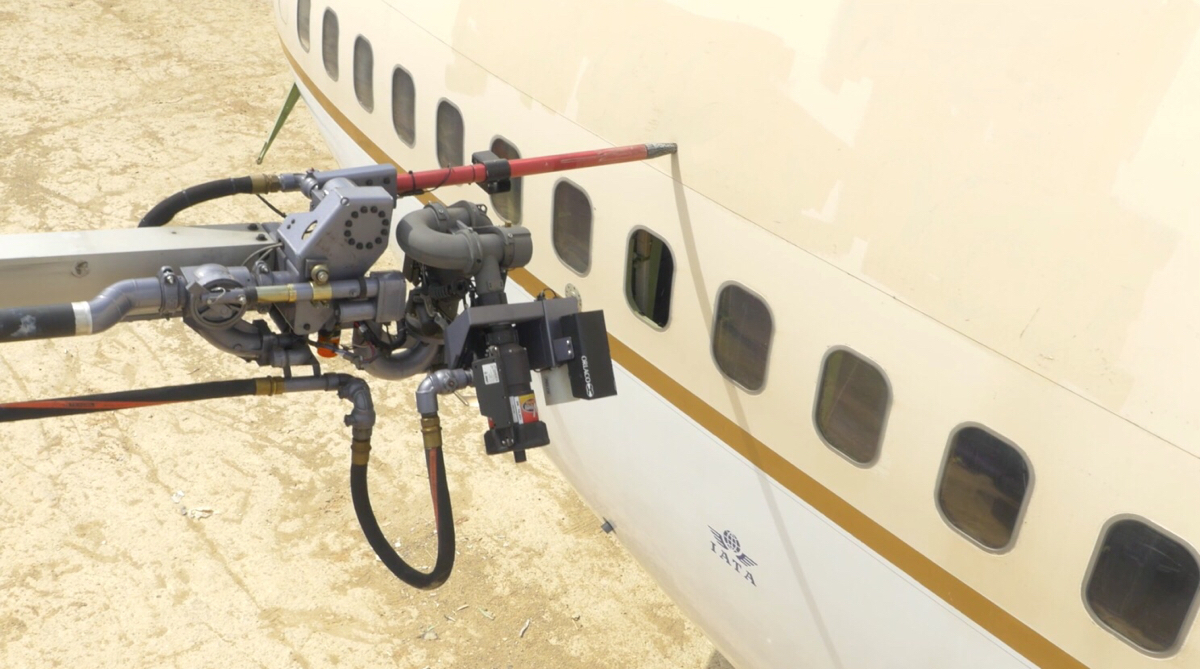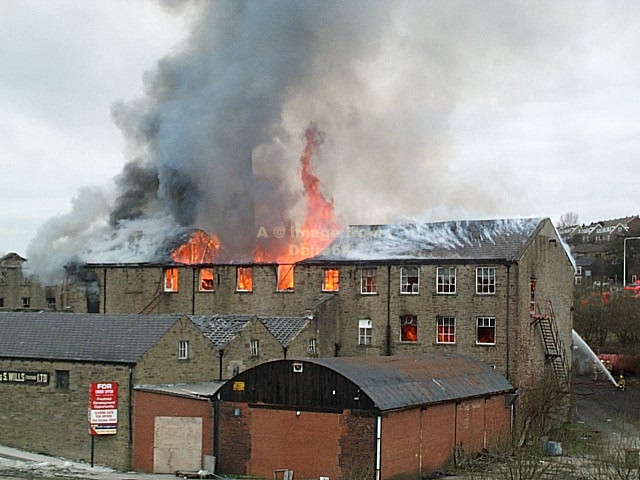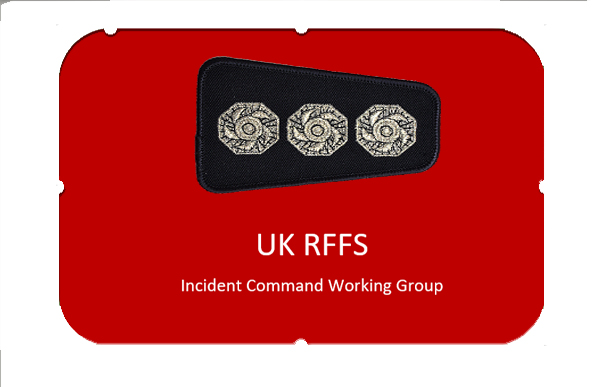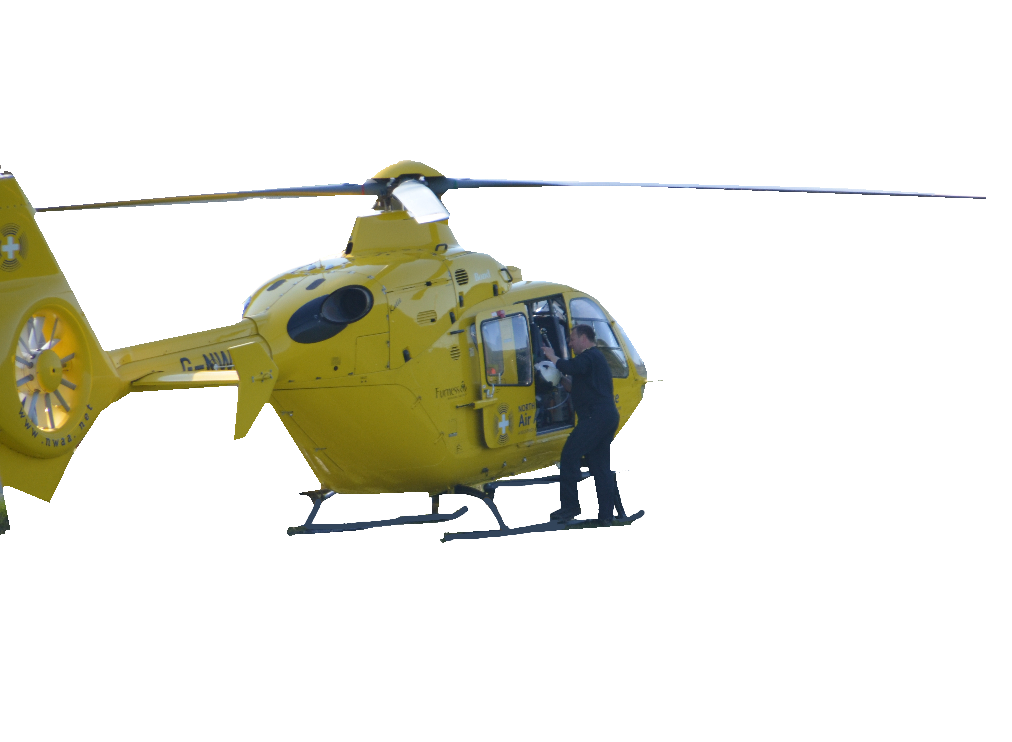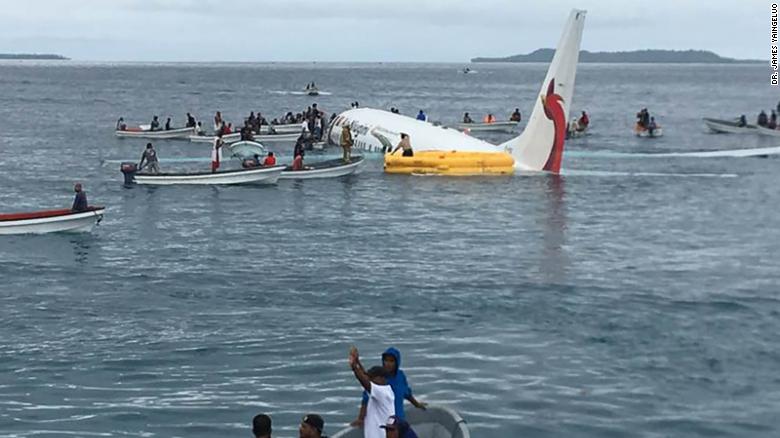Title Page
-
Document No.
-
Weather currently, detail any expected change if known.
- Fine and Sunny, warm to hot
- Wet and Windy, cold
- Dry and Overcast warm
- Rain moderate or light
- Windy
- Low visibility
- Showers
- Frost or Snow
-
Estimate wind speed and Direction if known or available
- 0-5 mph
- 5-10 mph
- 10-20 mph
- 20 plus mph
- direction in notes if available
-
Incident number if known or assigned
-
Conducted on
-
ARA completed by
-
Location
-
Location detail if unable to auto locate
-
This checklist provides a review to assist in identifying significant hazards for completing the Analytical Risk Assessment.
Having carried out the dynamic risk assessment and established a tactical mode, an incident commander should be aware of the immediate hazards, who is at risk and the control measures necessary to protect them. This initial assessment now forms the basis of a more detailed incident risk assessment known as an analytical risk assessment (ARA). This should be completed and recorded on all occasions when the recorded dynamic risk assessment is not sufficient.
Once completed this information should be communicated effectively with all relevant agencies attending the scene and the risk information shared to improve the situational awareness of all on scene. The person who completes the analytical risk assessment should be competent. They need to bring their findings to the attention of the incident or sector commander. These should include details of any hazards, risks and control measures. ref: Foundation for incident command NOG page 46.
Assessment of scene and review of actions taken and current conditions
-
Are you in a safe position for completing the ARA and wearing the correct level of PPE?
- Yes
- No
- N/A
- Will be shared at the next Safety brief, multi agency update
-
Is the safe position of the incident identified as Upslope and Upwind, has the wind direction been confirmed
- Yes
- No
- N/A
- Will be shared at the next Safety brief, multi agency update
-
As the Safety officer have you had a brief from the incident commander or Hazmat advisor on access and issues known
- Yes
- No
- N/A
- Will be shared at the next Safety brief, multi agency update
-
Based on that brief Can you safely conduct a 360 degree safety survey of the incident scene
- Yes
- No
- N/A
- Will be shared at the next Safety brief, multi agency update
-
Is the incident likely to impact on areas away from the incident scene and transfer any risk to another location
- Incident safety issues confined to incident scene only
- Incident safety issues present some transfer risk to the site
- Incident safety issues present an off site transfer of risk
- Incident safety presents significant risk off site and the wider area
-
Are you acting as safety officer for the whole incident
- Safety officer for whole incident site
- Sector safety officer
- Multi agency safety officer working with other agencies
- Functional role safety officer
- None of the above, detailed in notes
-
Are all Vehicles in a safe deployment
- Yes
- No
- N/A
- Will be shared at the next Safety brief, multi agency update
-
Is the RVP safely located with a good means of Access and Egress
- Yes
- No
- N/A
- Will be shared at the next Safety brief, multi agency update
-
Is there a nominated Safe area in the event of an Emergency Evacuation and roll call
- Yes
- No
- N/A
- Will be shared at the next Safety brief, multi agency update
-
Have All ignition sources been Isolated? Tick the box if Yes, enter notes for details
- Yes
- No
- N/A
- Will be shared at the next Safety brief, multi agency update
-
Do you require assistance from other persons or specialists, if so state in notes who?
- Yes
- No
- N/A
- Will be shared at the next Safety brief, multi agency update
-
The Tactical mode is confirmed as Offensive and has been communicated
- Yes
- No
- N/A
- Will be shared at the next Safety brief, multi agency update
-
The Tactical mode is Confirmed as Defensive and has been communicated
- Yes
- No
- N/A
- Will be shared at the next Safety brief, multi agency update
-
The incident has been confirmed as sectorised and is in No Overall Tactical mode.
- Yes
- No
- N/A
- Will be shared at the next Safety brief, multi agency update
-
Has a cordon been established? Specify inner and outer as required? is there a cordon gateway established
- Yes
- No
- N/A
- Will be shared at the next Safety brief, multi agency update
-
What is the classification of this incident
- Large Scale Hazmat incident
- Moderate Hazmat incident
- Small Hazmat incident
- Person Reported
- No persons involved or all accounted for if known
-
Evacuation needed? Specify distance to be observed, consult ERG 2016 and or Wiser.
- Evacuation needed as defined in ERG 2020 for Hazmat involvement
- Evacuation distance reduced on risk assessment , guidance consulted
- Evacuation is to be replaced shelter in place
- No evacuation needed at this time
- Community safe message needed to stay indoors
- None of the above, detail in Text
-
Is a Methane or Ethane message required or has one been sent, specify in notes if required
- Methane not applicable to to this incident
- Ethane not applicable to this incident
- Methane or Ethane message sent or updated
- No message sent and required
- Informative message sent
- Assistance message sent
- Safe direction of approach to responding vehicles identified and communicated
-
Have you Considered early notification to the Environment Agency, record brief details
- Yes
- No
- N/A
- Will be shared at the next Safety brief, multi agency update
-
If safe and permitted can you take a photograph as evidence of current scene from a safe position
- Yes
- No
- N/A
- Will be shared at the next Safety brief, multi agency update
-
Are persons involved as casualties, specify in note how many
- No person directly involved
- Persons involved and require medical treatment
- Persons or animals involved, specialist advice or measures needed
- Decontamination from product will be required
-
Emergency decontamination carried out, needed or considered
- Yes
- No
- N/A
- Will be shared at the next Safety brief, multi agency update
-
Full Decontamination of mass casualties required
- Yes
- No
- N/A
- Will be shared at the next Safety brief, multi agency update
Hazmat incident detail
-
Hazmat type
- Large liquid spill
- Explosives
- Powder or Dust
- Gas, Fumes or Vapour
- Other detail in notes
- Identified
- Unidentified
-
Hazmat advisor on site
- Yes
- No
- N/A
- Will be shared at the next Safety brief, multi agency update
-
Specialist Advise at Scene from Non fire service specialist
- Yes
- No
- N/A
- Will be shared at the next Safety brief, multi agency update
-
Hazmat Advisor risk assessment available or communicated to Incident Commander
- Yes
- No
- N/A
- Will be shared at the next Safety brief, multi agency update
-
Incident Type
- Hazmat Product Release
- Hazmat Release and Fire
- Hazmat Product Release, Pollution event
-
what is involved in the incident
- Road Vehicle of any kind, detail in note
- Building or Storage unit
- Rail Transport, scale of incident could increase due to size
- Marine
- Aircraft based
- Chemical works, COMAH sites
- Refinery
- Other, detail in notes
-
is the incident likely to Escalate
- Incident controlled and unlikely to escalate
- Incident not yet stable, may Escalate
- Incident developing and will Escalate
- Significant Escalation will or has Occurred
- Noe of the above, detail in notes
-
Damage Assessment
-
Environmental Impact
Safety detail for Incident Type
-
Gas or Vapour cloud visible or known
- Yes
- No
- N/A
- Will be shared at the next Safety brief, multi agency update
-
Has any product entered a Drain or Water course
- Yes
- No
- N/A
- Will be shared at the next Safety brief, multi agency update
-
Environmental Protection has been put in place
- Yes
- No
- N/A
- Will be shared at the next Safety brief, multi agency update
-
Gas Detection available or used?
- Yes
- No
- N/A
- Will be shared at the next Safety brief, multi agency update
Significant Hazards Identified
-
Record in the notes any significant hazard and rate the consequence with current control measures
- Multiple fatalities, catastrophic loss of business 5
- Major injury, single fatality, critical loss of process or damage to property 4
- Reportable injury, moderate loss of process or limited damage to property 3
- Non reportable minor injury, minor loss of process or slight damage to property 2
- Insignificant damage to property, equipment or minor injury 1
-
what is the likelihood
-
After new control measure applied rate the safety of the Hazard, add detail in note if required
-
Control measures needed
- Fire Suppression
- Support to prevent collapse
- further safety officers or monitoring
- Gas Detection
- Thermal Image monitoring
- Specialist or Technical advice
- Electrical Isolation
- Additional Lighting
- any other not above, detail in notes
- Exclusion of personnel from the hazard area
-
Further control measures needed
- Yes
- No
- N/A
- Will be shared at the next Safety brief, multi agency update
-
Has the Incident Commander been made aware of all safety issues and control measure needed
- Yes
- No
- N/A
- Will be shared at the next Safety brief, multi agency update
-
If the incident is sectorised has the Sector commander been made aware of all safety issues and control measures
- Yes
- No
- N/A
- Will be shared at the next Safety brief, multi agency update
-
Has this Safety assessment been shared with other agencies and acknowledged
- Yes
- No
- N/A
- Will be shared at the next Safety brief, multi agency update
Re Assessment of Scene
-
Confirm if there is no change to this assessment in 20-30 minutes
- Assessment and condition of site unchanged from previous ARA
- Re Assessment and new ARA Needed due to changes or developments
-
Incident Closed
- Yes
- No
- N/A
- Will be shared at the next Safety brief, multi agency update
Incident Closure and Handover
-
Incident handed over to other agency or authority
- Yes
- No
- N/A
- Will be shared at the next Safety brief, multi agency update
-
Emergency phase concluded
- Yes
- No
- N/A
- Will be shared at the next Safety brief, multi agency update
-
Specialist clean up or Equipment needed
- Yes
- No
- N/A
- Will be shared at the next Safety brief, multi agency update
-
Provide if possible a safety brief to assist the handover
-
Notes for Debrief complete as required
-
Person accepting the Handover
-
Person completing this Assessment
-
Incident Commander
